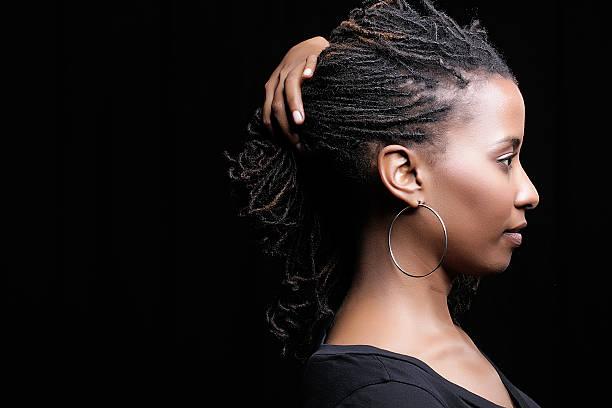The Economy of Black Hair

It’s no secret that a Black woman’s hair is her crown- playing Solange Knowle’s “Don’t Touch my Hair” on repeat while “yaass” girling every Yara Shahidi hairstyle in “Grownish” (ABC, 2018). We dreadlock, twist, braid, Afro, curl, and coil our strands, or sometimes we rock a good weave or wig. I know, you’re wondering what’s more powerful than hair that defies gravity? And yet, when it comes to our hair, everybody and their grandmothers have opinions on how we should “keep” our hair – as if it ever needed to be “kept”.
As a young girl I struggled with hair identity. I remember going to Ms. Ethel’s cash only salon, where numbered pictures lined the walls depicting girls wearing sleekly pressed, curled, primped and set hairstyles. No less than five seconds after plopping down into her leather chair would she say, “You’re seven minutes late girl, what you want today?” This one time stands out to me. It was a last minute appointment I begged my mother to make after finding out that I’d be getting a makeover at a friend’s slumber party. The other girls invited had straight hair and I didn’t want my friend’s mom to be confused when it was my turn. My hair had quite the track record for being difficult – commonly measured by the number of combs you’ve broken (answer: too many to count). A visit to the hairdresser meant fighting the impulse to squirm under the heat of the hot comb and holding still even while smelling burnt hair and oil.
As I got older I started questioning why I felt the need to go to the salon every week for a fresh blowout. And why every corner beauty store, even the ones in predominantly Black communities, were Asian owned? It seemed like everyone was profiting off of my hair, except the Black community and me. So how did Koreans come to dominate the commercial Black hair industry in the US?
We all know that one of the most expensive products in beauty supply stores is the hair- ranging from synthetic mixture to virgin human hair. In South Korea during the 1960s the wig industry was booming. It was doing so well that a conglomerate of wig merchants petitioned the government to outlaw the export of raw hair “ma[king] it so that one can only buy the pre-made wigs and extensions” (Aron Ranen). Essentially, this meant Korea hair could only be manufactured in Korea. Following this trade ban the USA, in the spirit of anti-communism, initiated a ban of its own which prevented the import of wigs with hair from China. This left Korean businessmen and manufacturers in the perfect predicament to corner the wig industry and later roll out distribution to cover other styling needs.
Black women today, whether relaxed, natural, and every stage in between, are more conscientious about what they put in their hair. If we look at the past ten years, relaxer sales sharply declined and gave rise to the “natural” hair movement. The industry was completely caught off guard and we saw the emergence of home grown Black brands like Carol’s Daughter and Shea Moisture. Now, we see a resurgence of relaxers, but amongst consumers that are more informed and demand their needs to be met. The opportunity is clear. Who knows better how to cater to Black women then Black women? Isn’t it about time we started profiting off of our own coils, locks, twists, naps, and curls?
Stay tuned for more articles giving you a look at Black $$ power and check out our About page for more information on how you can mobilize and revolutionize.
--OT out